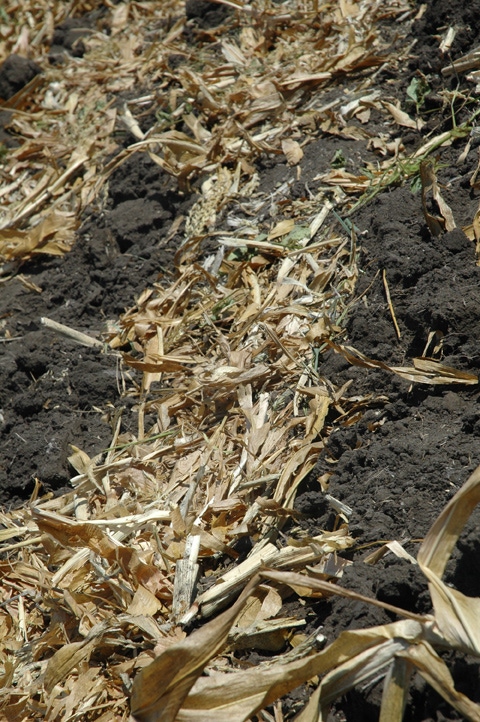October 6, 2011

As harvest comes to an end, some growers will shift their focus to strip-tillage. Fabian Fernandez, University of Illinois Extension specialist in plant nutrition and soil fertility, offers a few thoughts on applying nitrogen (N), phosphorus (P) and potassium (K) with strip-till this season.
Nitrogen applications with strip-till
Although N applications with strip-till can be done, Fernandez normally doesn't suggest this process for two reasons. First, when soil conditions are adequate for strip-till operations, soil temperatures are typically too warm to apply N. He says combining these activities can save time, but it's important to wait until soil temperatures 4 in. below the surface are 50° F and falling.
"Doing the application earlier represents too large of a risk of N loss to make it worth it," Fernandez says. "The use of strip-till does not justify changing the current recommendations for fall N application. A potential drawback of combining anhydrous ammonia application with strip-till is that by the time conditions are adequate for fall N applications, the soil might be getting too wet for strip-till."
The second reason he does not recommend combining strip-till and N application is because of the potential for seedling injury from free ammonia. He says this concern is greatest when anhydrous ammonia is spring-applied in the strips. Although injury may not occur every year, he considers this practice riskier than applying N in the row middles or some other way to increase the distance between the seedlings and concentrated nitrogen band.
P and K applications with strip-till
Under no-till systems, slowly mobile nutrients such as P and K are typically broadcast-applied in the surface, Fernandez says. This application technique creates a vertical stratification of these nutrients with higher concentrations in the surface compared to the subsurface.
"This stratification can have negative effects if the high-nutrient surface becomes too dry or if the roots of the crop are not actively growing in that fraction of the soil volume," he says. "Strip-tillage offers more flexibility than no-till since it is easy to combine deep placement of nutrients with the tillage operation to make the soil berms."
Combining these activities helps spread the work load and can result in fewer trips across the field. However, just because fertilizers can be placed deep with this tillage system, it does not mean that deep placement is required.
In fact, Fernandez says studies currently under way in Illinois, and in other places, have shown that deep placement of P and K typically does not improve grain yield or pay for the added costs of the operation. Also, band application of fertilizers can make it more difficult than broadcast placement to obtain a representative soil sample to determine fertilization needs.
"Shallower placement of dry P and K fertilizers in the strip can have a starter fertilizer effect that can be more cost-efficient than application of liquid starter fertilizers," he adds. "In wet springs, better growing conditions in the strip can also reduce the need for starter fertilizers."
For more information on the pros and cons of strip-tillage, read The Bulletin online.
You May Also Like




